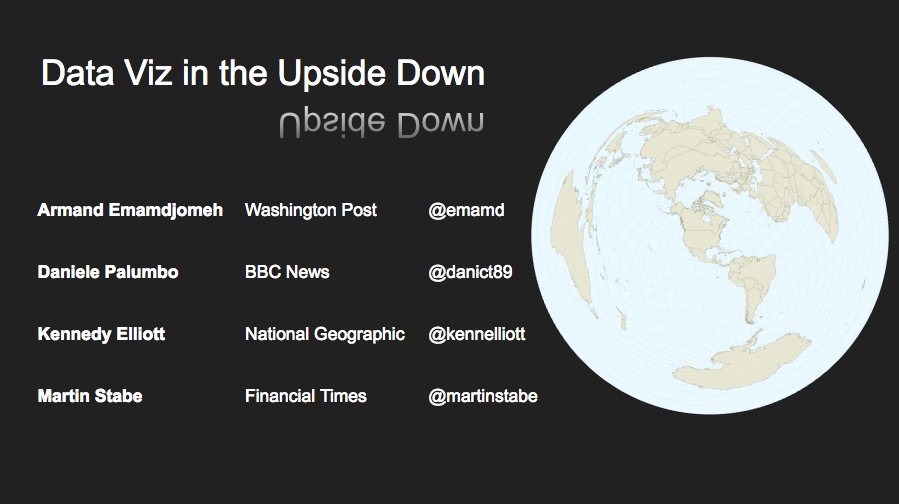Anil Dash’s piece on applying an underlying concept of Bitcoin to track digital art has me thinking about the potential applications of blockchains for news. As he writes:
What the technology behind Bitcoin enables, in short, is the ability to track online trading of a digital object, without relying on any one central authority, by using the block chain as the ledger of transactions.
What if we built a blockchain system for news? Recording and verifying facts, data, updates, quotes, people, etc like the Bitcoin protocol tracks transactions in a database that no one owns, but of which everyone always has the same copy. (Update: This is meant more as “inspired by blockchains,” but it would be different kind of system because we’re not dealing with transferring or owning the units.)
How useful would that be in the reporting and dissemination of information? With all the noise introduced during breaking news and even long, complex story arcs, it seems like there’s a lot of potential here.
The nature and task of art is different from news, but there’s much we can learn (stay tuned for more posts on that topic). Consider this from Anil’s piece:
Reblogging is essential to getting the word out for many digital artists, but potentially devastating to the value of the very work it is promoting. What’s been missing, then, are the instruments that physical artists have used to invent value around their work for centuries — provenance and verification.
Think of these two key terms he uses.
Provenance.
Verification.
In the context of news, provenance could be the source of information — or it could be who first reported something. Verification, of course, is already a common term.
The next question then is: What instruments do we have to give our work value?
Not methods. Instruments.
All this — you guessed it — also makes me think of GitHub for News (more here). That idea would make tracking updates, contributions, feedback and even facts more structured by incorporating them in a versioning system like git.
Neither GitHub for News nor Blockchains for News would solve all the problems they aim to tackle. Anil’s piece smartly notes in the art realm:
as with any new idea, it can be difficult to reckon with the implications. Steven Melendez asserted that monegraph could “eradicate fake digital art”, when this is exactly backwards. In fact monegraph makes it possible to have “fake digital art”, because prior to this we had no consistent way of defining an “original”.
So, where should we start?
UPDATE: More discussion and explanation…
PoW = proof of work
Also, just for fun and more Bitcoin background: By reading this article, you’re mining bitcoins

